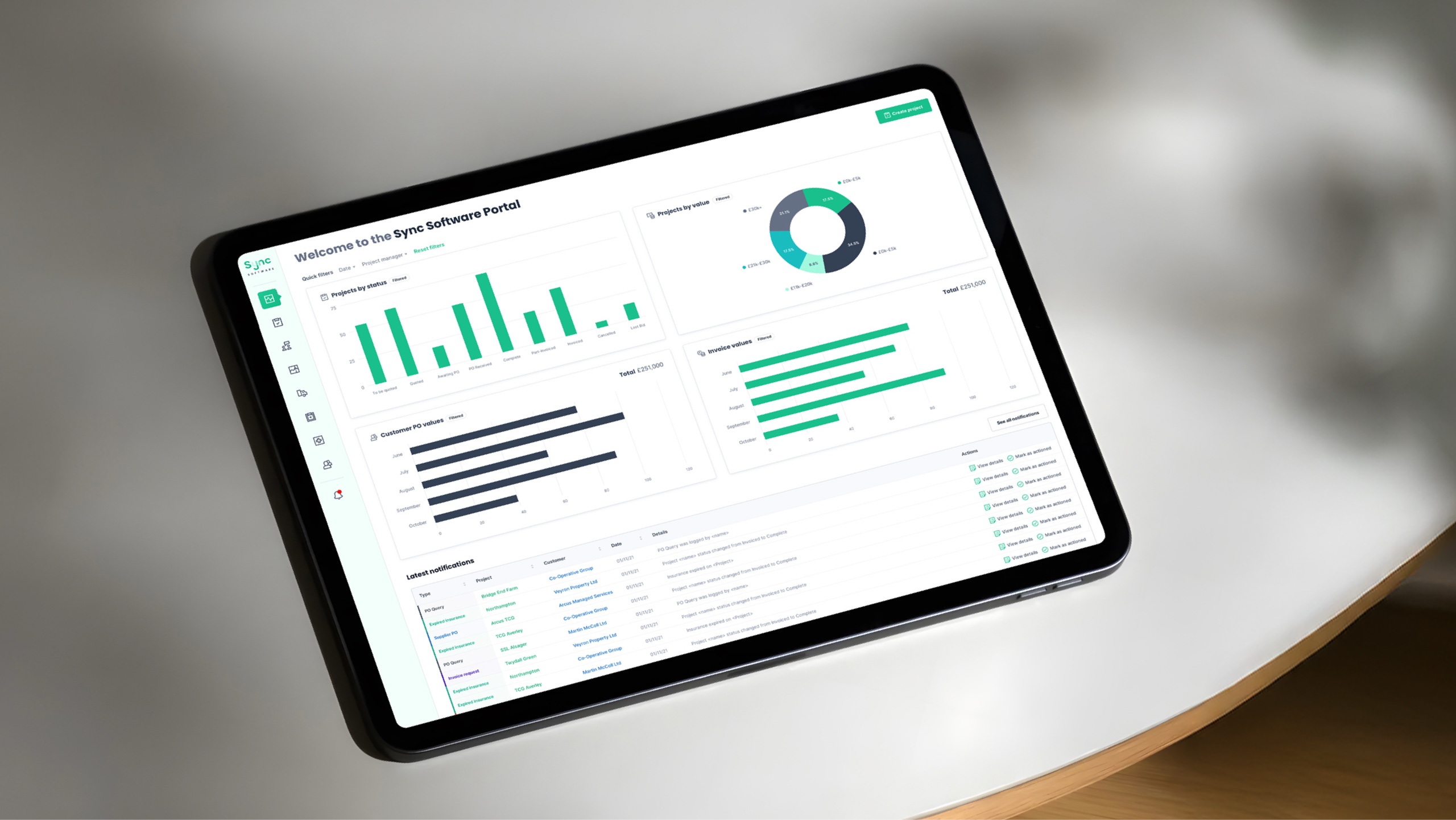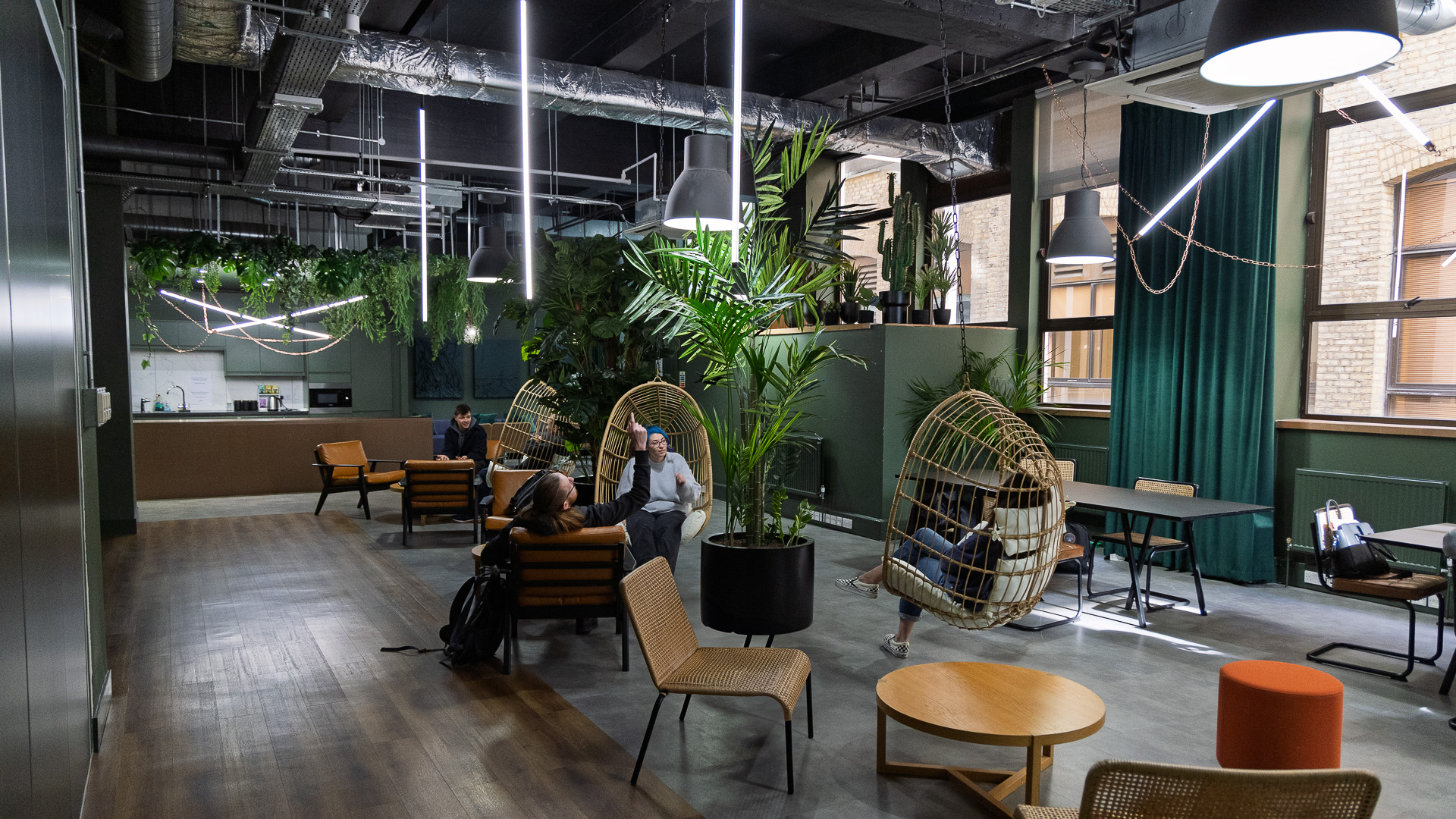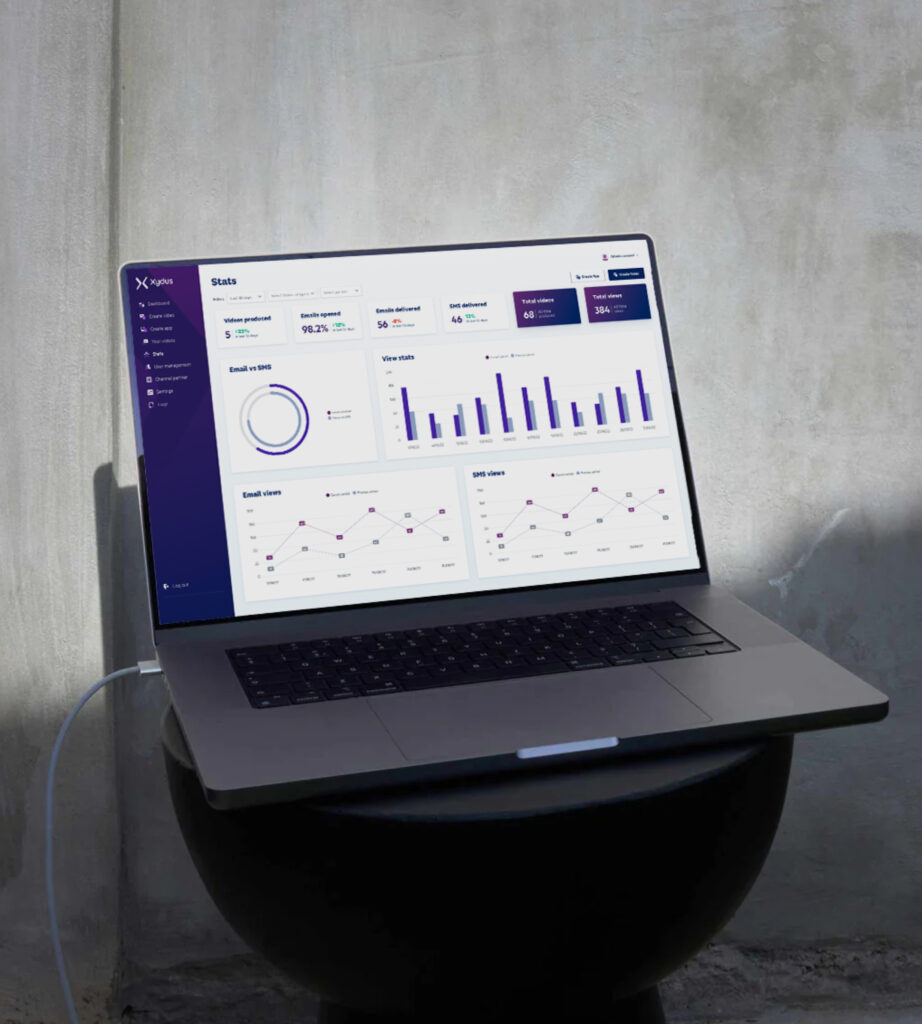Business systems
Back-end development overview
Behind every app is a solid back-end that powers functionality, security, and scalability. As part of our broad range of web development services, we offer back-end development to build the foundation of your software, web app, mobile app or website.
Whether it’s designing and building admin interfaces or integrating 3rd party services, API design, development or integratoin, providing scalable databases or setting up secure servers, our eperiences development team delivers solutions to your specific needs.


Back-end development solutions
Our solutions
01
Database management
02
API development
03
Authentication and security
04
Server-side logic
05
Cloud integration
06
Content management systems (CMS)
07
Performance optimisation
08
Real-time functionality
09
E-commerce systems
10
DevOps and automation
11
Data analytics and reporting
01 /
Database management
A good database is key to managing and storing data. We design and manage relational databases like MySQL and PostgreSQL and work with NoSQL databases like MongoDB for projects that require more flexibility. Our expertise ensures efficient data models, seamless data retrieval, and integrity as your business grows.
02 /
API development
APIs are the bridge between your back-end and other systems. We build APIs that are secure, scalable, and easy to integrate with third-party back-end services like payment gateways, social platforms, or internal systems. Using RESTful or GraphQL, we ensure smooth communication between components.
03 /
Authentication and security
Security is at the heart of everything we do. We implement advanced authentication like OAuth and JWT, encrypt sensitive data, and set up access controls to prevent unauthorised access. Real-time threat detection and auditing ensure your app is secure.
04 /
Server-side logic
From processing orders to managing workflows, server-side logic powers your app’s core functionality. Our team designs and implements business logic that handles complex tasks efficiently, creating a seamless user experience.
05 /
Cloud integration
With cloud platforms like AWS, Google Cloud, and Azure, we enable your back-end to scale effortlessly. From deploying apps to setting up serverless functions, we ensure your system is reliable, cost-effective, and future-proof.
06 /
Content management systems (CMS)
Whether customising a CMS like WordPress or building a custom solution, we create user-friendly systems that make content management easy and efficient. Our CMS integrations ensure content is secure and easy to publish.
07 /
Performance optimisation
We specialise in performance. By implementing caching mechanisms like Redis, fine-tuning server response times, and optimising load balancing, we ensure your back-end handles high traffic easily and quickly.
08 /
Real-time functionality
For apps requiring real-time updates—like chat apps, live tracking systems, or trading platforms—we implement real-time functionality using WebSockets and frameworks like Socket.IO to ensure fast and responsive data delivery.
09 /
E-commerce systems
We build back-ends for e-commerce platforms that handle everything from inventory management to payment processing. Our systems manage multi-currency transactions, real-time stock updates, and secure checkout processes.
10 /
DevOps and automation
Modern development requires streamlined workflows. We build CI/CD pipelines for automated testing and deployment, reducing downtime. Tools like Docker and Kubernetes allow us to manage configurations efficiently and consistently.
11 /
Data analytics and reporting
Turn data into insights with our back-end solutions. We build systems that collect, process, and analyse large datasets to generate automated reports and visualisations, enabling data-driven decisions.
Back-end web app technologies
We have several go-to technologies and frameworks we can recommend. Of course, every project is different and we discuss the pros and cons of various approaches before making a selection with you.
Node.js
A powerful JavaScript runtime built on Chrome’s V8 engine, enabling server-side scripting and scalable network applications.
Laravel
Laravel is a popular PHP framework known for its elegant syntax and robust features, simplifying web application development.
Ruby on Rails
A dynamic web application framework that emphasises convention over configuration, enabling rapid development and maintainable code.
NEXT.js
A powerful framework for building server-rendered React applications, providing a seamless development experience and enhanced performance.
.NET
A versatile framework for building web and desktop applications using multiple programming languages, ensuring performance, security, and scalability.
Symfony
Symfony is a flexible PHP framework that promotes reusable components and best practices, accelerating the development of high-quality web applications.

Back-end development benefits
Scalable
We use the latest technologies, such as microservices, containerisation, and serverless architecture, to build systems that grow with your business.
High security
Your data is our priority. We use encryption, access control, and real-time threat detection to protect sensitive information and keep your app safe.
Mature process
Our development process prioritises quality and reliability. We deliver back-ends that perform and last through code reviews, systematic testing, and structured workflows.
Your trusted digital partner
We excel at marketing websites, innovative web apps and mobile applications, and have helped several funded startups achieve success, building their digital products, as well as many established businesses.
200+
Products launched
16
Years in business
17+
Team members
30+
Successful rebrands
10+
Awards
Case Studies
Case Studies
Case Studies
Case Studies
Back-end development process
Forget functional. We build digital products that get people excited—and deliver the results you need.
01
Discovery and planning
We start by understanding your business goals and technical requirements. Our team researches and defines an architecture to match your long-term vision for reliability and scalability.
02
Architecture design
Our engineers design efficient, scalable, and secure systems, ensuring seamless data flow and integration with external systems.
03
API development
We build APIs that connect external systems and frontends. With documentation and security, we ensure your APIs handle large data loads without performance compromise.
04
Database setup and optimisation
We choose and optimise databases for fast data storage. Our methods reduce load times and prepare your back-end for growth.
05
Testing and QA
We thoroughly test before deployment to ensure your back-end is secure, efficient, and reliable in real-world scenarios.
06
Deployment and maintenance
Once deployed, we offer ongoing support, monitoring performance and maintaining peak efficiency.
Let’s work together
Do you have a project in mind? Or do you need some further information about our services? Feel free to get in touch below.

Enquiry Form
Our clients

Back-end development FAQs
Back-end development is the server side of application development. It’s about databases, server logic, APIs and everything that happens behind the scenes to make the frontend work for the user.
Frontend development is about the visual elements users interact with (e.g., buttons, forms, and design), while back-end development is about the logic, database interactions, and server management that make those features work.
The back-end is the engine of any application, processing data, storing data, and communicating between systems. Without a solid back-end, an application cannot perform its key functions reliably or securely.
An API (Application Programming Interface) allows different systems or components (like a back-end and frontend) to communicate. APIs are essential for integrations, third-party services and seamless functionality across platforms.
A scalable back-end can handle increasing loads or user demand without performance drops. Technologies like microservices, cloud platforms (e.g., AWS, Azure), and load balancers contribute to scalability.
Back-end security involves implementing measures such as encryption, authentication (e.g., OAuth, JWT), secure APIs, input validation, firewalls, and regular vulnerability assessments.
The choice of database (relational like MySQL or NoSQL like MongoDB) depends on the data type, scalability needs and the application performance requirements.
DevOps practices like CI/CD pipelines, automated testing and containerisation with tools like Docker and Kubernetes make development, deployment and maintenance of back-end systems easier.
Performance is optimised through caching (e.g. Redis, Memcached), database indexing, load balancing, efficient server side logic and optimising queries to handle high loads.
Timeframe varies based on project complexity, features and integrations. Simple back-ends can take 4-8 weeks, more complex systems can take several months.
Costs depend on scope, technology stack, team size and project complexity. Back-end development can cost from a few thousand to tens of thousands of pounds for larger projects.
Integration is about creating or modifying APIs, connecting databases and making sure the new back-end talks to existing systems. Proper planning and testing is key.
Back-end systems need regular updates, monitoring for performance and security and maintenance to fix bugs or adapt to changing business requirements.
The decision depends on budget, timeline and customisation needs. Custom back-end development gives you flexibility and scalability while pre-built solutions can save time but may not fit your needs exactly.
Serverless architecture (e.g. AWS Lambda, Google Cloud Functions) allows applications to run without managing servers directly. It’s good for event driven tasks but not for projects that require constant or complex processing.
Cloud computing brings scalability, reliability and cost effectiveness. It makes resource management and deployment of back-end systems easier.
Microservices architecture breaks the back-end into smaller, independent components each handling specific functionality. This approach improves scalability, fault tolerance and ease of development.
AI and ML can be added to the back-end for tasks like data analysis, personalisation and automation. Backe-nd systems process data through ML models and deliver insights or recommendations to the user.






